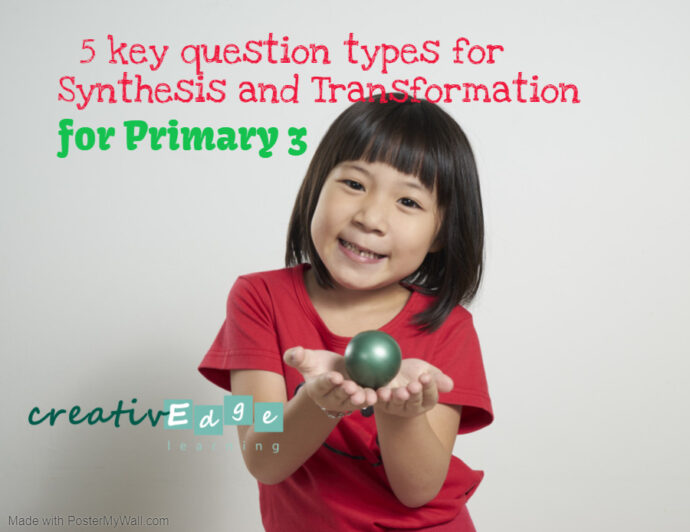
Introduction to Primary 3 synthesis & transformation
For Primary 3 synthesis and transformation, the key question types often focus on the use of certain conjunctions and specific determiners.
This is to reinforce pupils’ understanding on the writing of sentences.
In this post, we will explore the 5 key types of questions which are routinely tested in the synthesis & transformation section of the Primary 3 English exam.
Key Question Type 1
Both is a determiner which is used to refer to two people or things together.
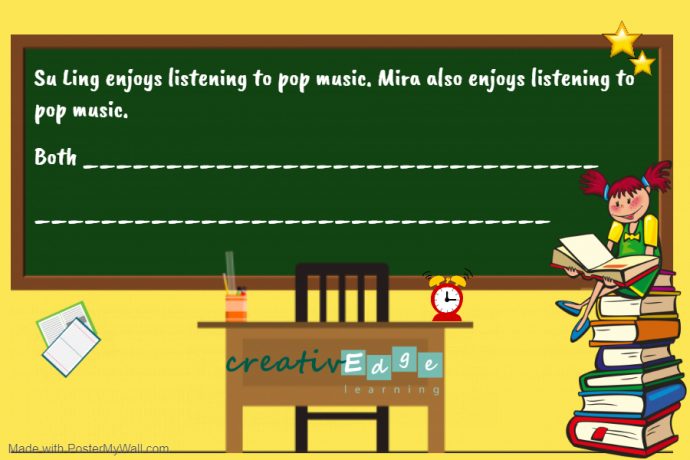
Common mistake
Pupils often write the answer without much thought. This means that commonly copy the singular verb in the question.
In this case, pupils will use the singular verb enjoys.
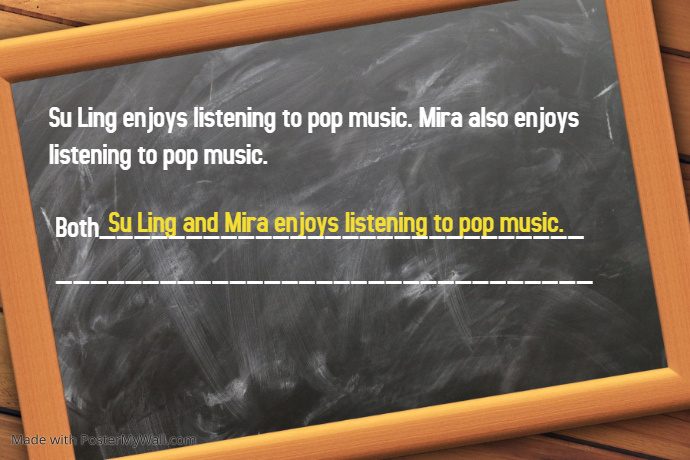
Correct answer
As both refers to two things or people, the verb should always be plural. This means that the verb enjoys must be changed to enjoy in the answer.
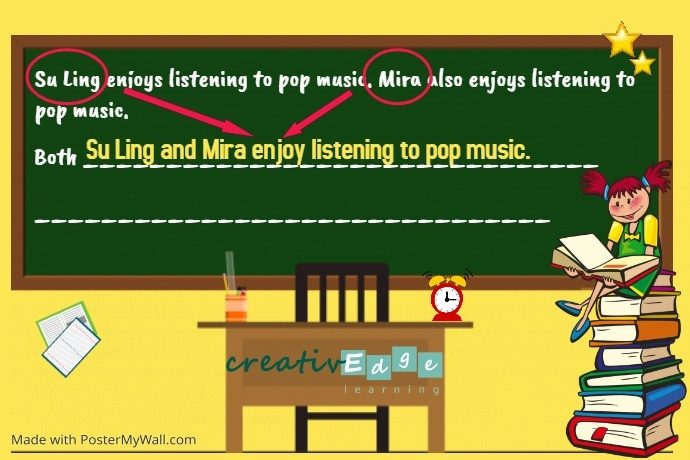
Key Question Type 2
When is a conjunction which refers to at that time and what was happening then.
This means right after the word when, pupils are to write the specific condition at that point in time.
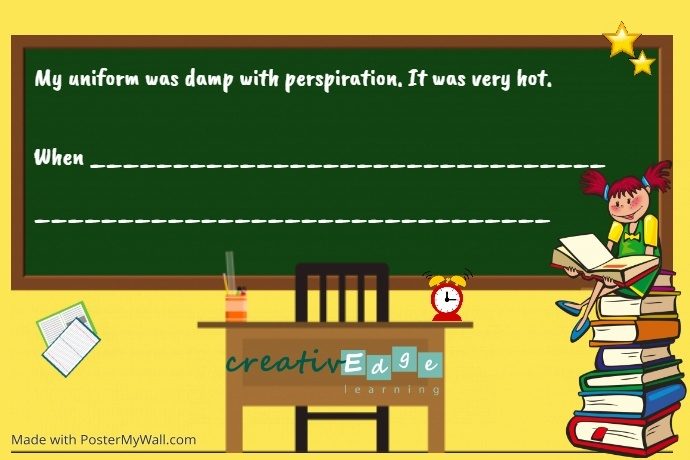
Common mistake
Pupils often mindlessly write their answers.
This means that they often directly copy the question without thinking carefully.
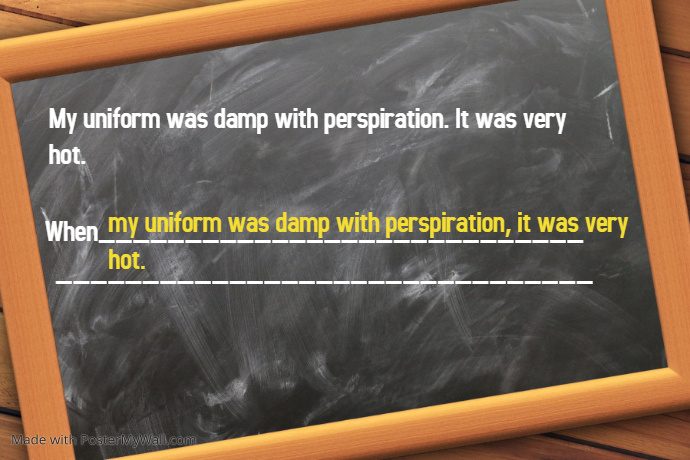
Correct answer
Right after the word when, pupils should write what was happening.
In this case, it is very hot then so the answer should start with When it was very hot …
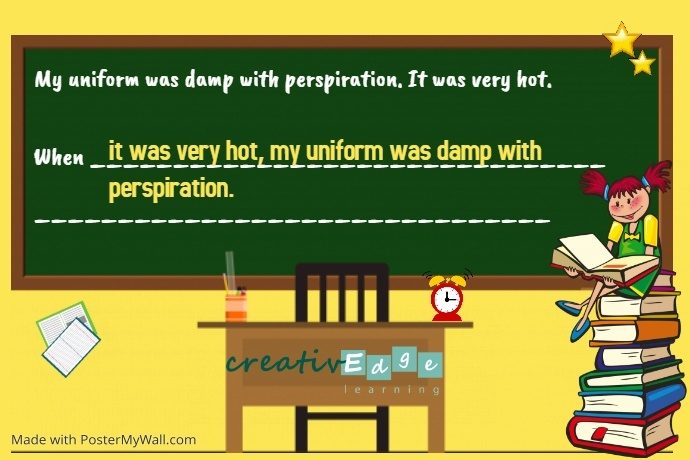
Key Question Type 3
But is a conjunction which joins two contrasting (opposite) ideas.
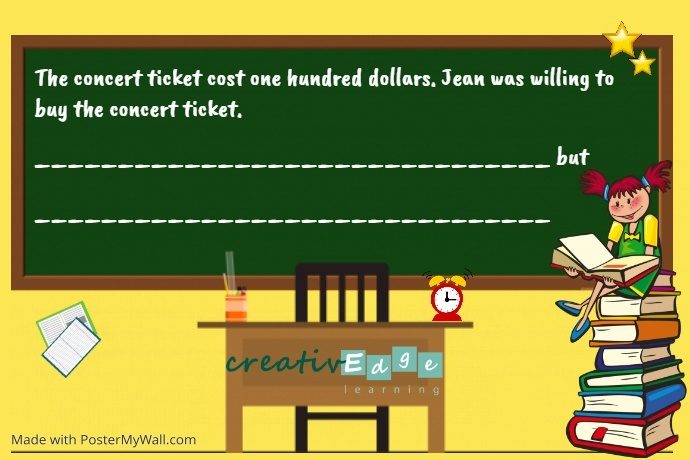
Common mistake
Pupils typically copy the entire question as the answer without much thought.
This means they copy the answer without considering which details are unnecessary.

Correct answer
Not all details require repeating.
It is important to note that details which do not require repeating must be replaced with a suitable pronoun.
In this case, there is no need to repeat the concert ticket so it should be replaced by it in the second part of the sentence.
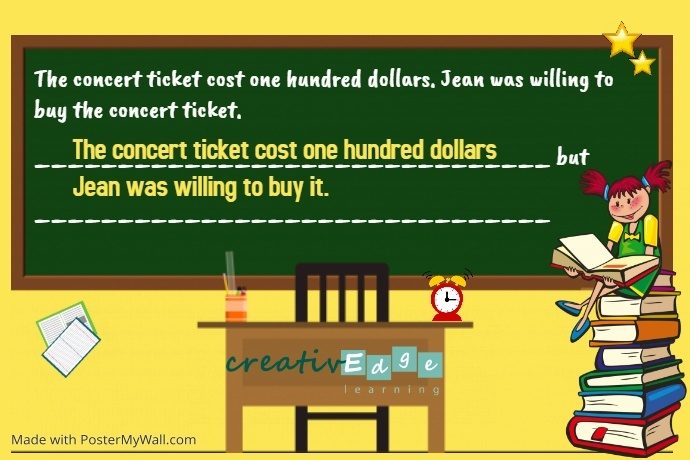
Key Question Type 4
Despite is a prepositional expression which connects two contrasting (opposite) ideas together.
Simply put , despite is similar in meaning to the conjunction although.
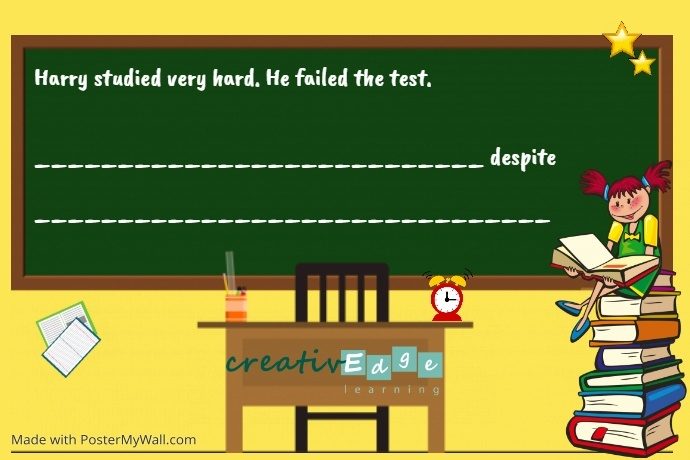
Common mistake
Though despite is similar in meaning to although, the answer cannot be written in the same way.
Most pupils are often unaware and think that direct copying of the question is the right answer.
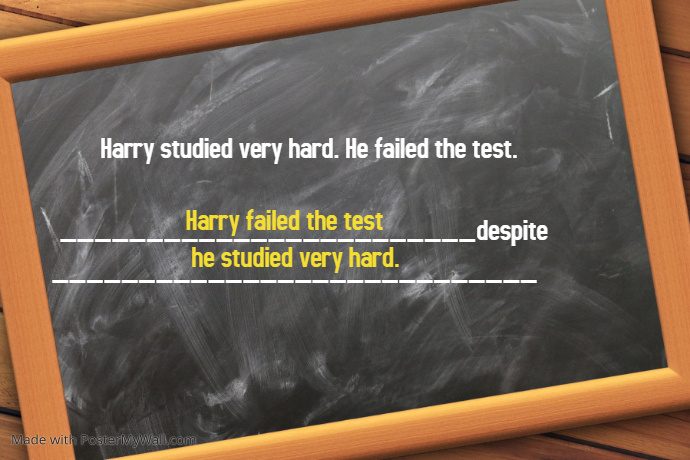
Correct answer
Right after the word despite, we generally use -ing.
This means the action verb is converting to the continuous form.
In this case, the word studied is converted to studying.
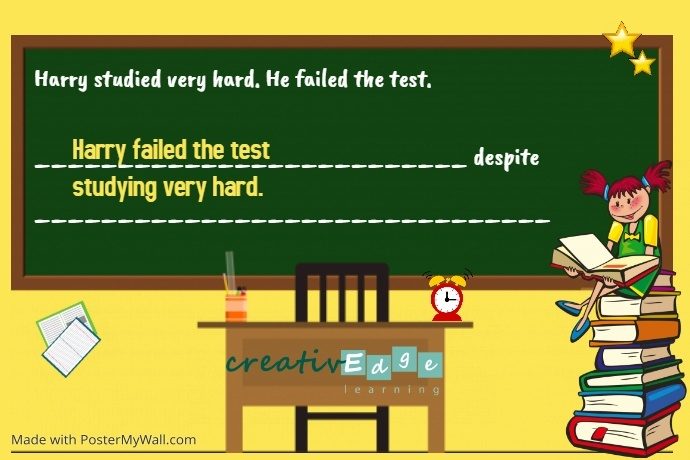
Key Question Type 5
Although is a conjunction which has the same meaning as in spite of something.
This means even though something was happening, there was a certain action taken.
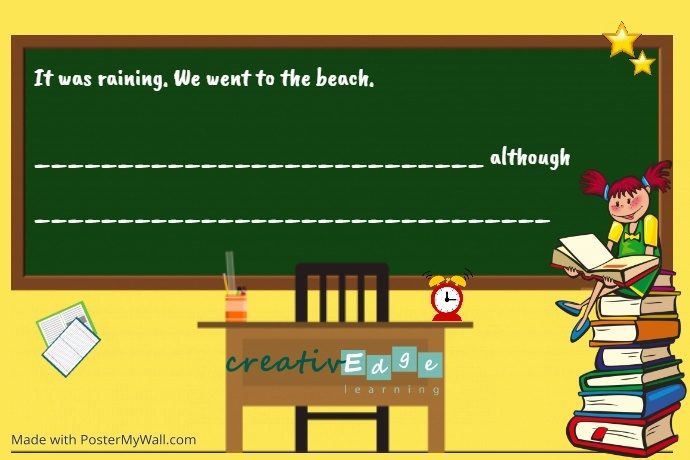
Common mistake
Pupils often directly copy the question without considering the logic of the answer.
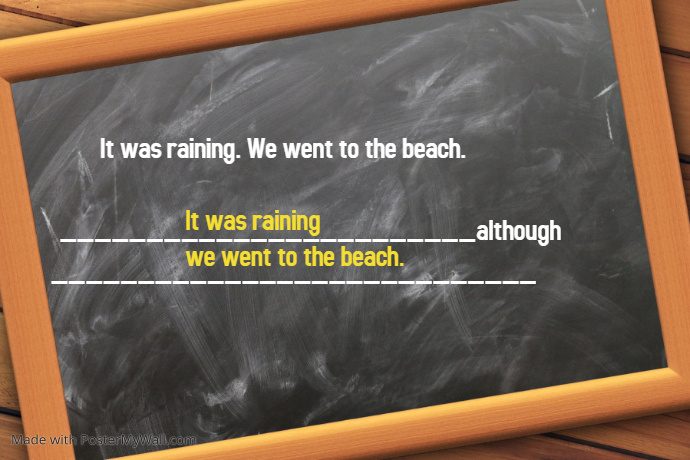
Correct answer
Right after the word although, pupils should state what was happening.
In this case, it was raining.
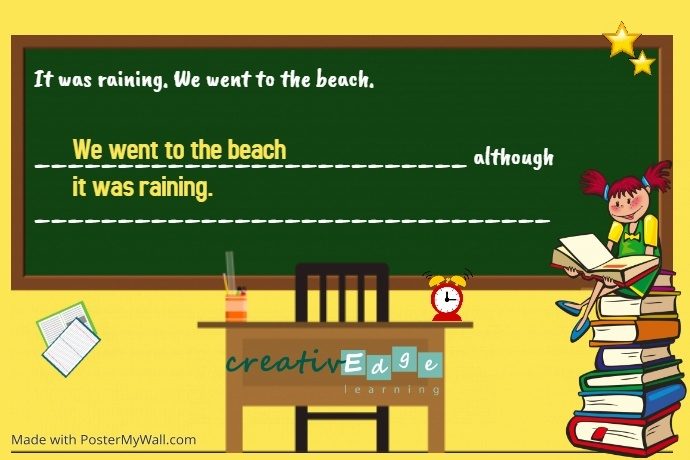
Join us for our Primary 3 English enrichment classes where we provide thorough and precise instruction of all the grammatical rules and vocabulary instruction.

